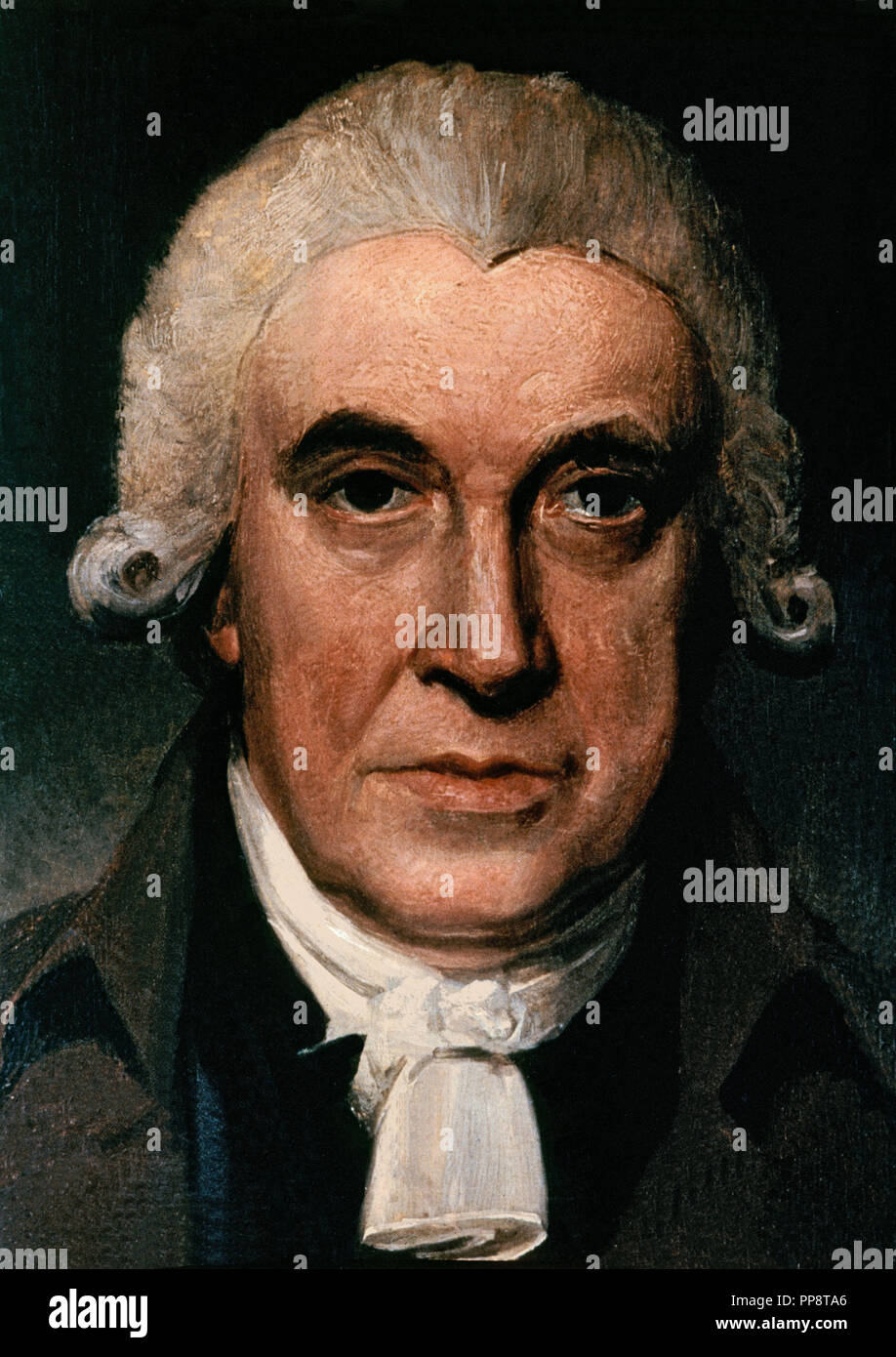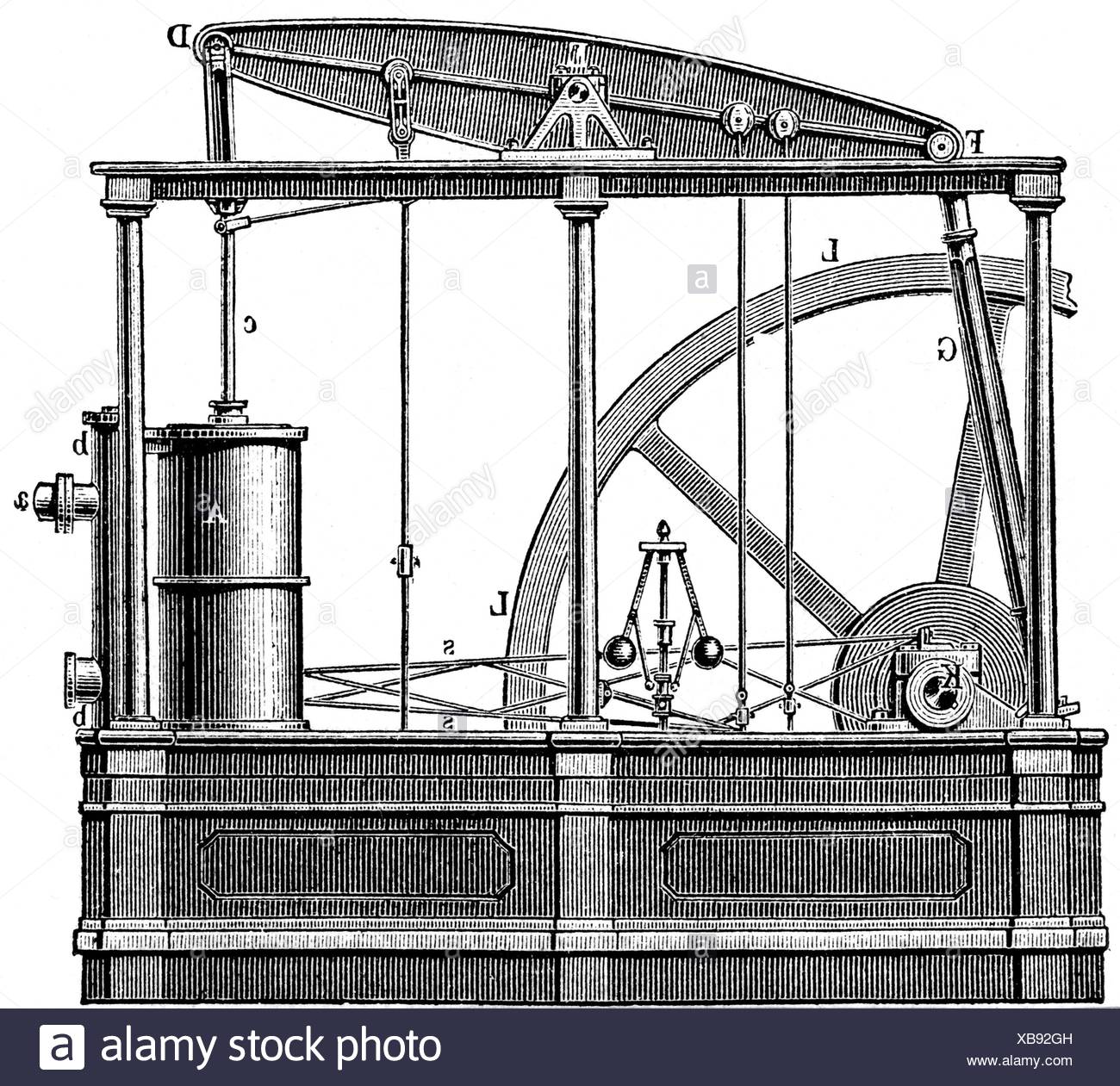


The Aeolipileīut Pneumatica showstopper-the one that would go on to change the world- is the aeolipile. Later in Pneumatica, Heron adapts this system to make the doors of a temple open. Once the worshipper lights the altar, in Heron’s words, “the air within, being rarefied, will descend into the pedestal, and exert pressure on the liquid it contains, which, having no other way of retreat will pass through the tubes thus the figures will pour a libation and not cease until the fire is extinguished.” Between them sits an altar where a worshipper can light a fire offering and below their feet is a chamber containing wine. One such statue, “Figure 11: Libation at an Altar Produced by Fire” features the figure of a pitcher-holding woman and a cup-bearing man. But Heron’s most famous work is two books known collectively as Pneumatica, one of the world’s first explorations of steam and hydraulic power, and throughout its pages, Heron uses religious statues and iconography as examples for his mechanical ideas. In addition, he a distinguished mathematician who came up with a novel method of computing the area of a triangle, now called Heron’s formula, and his contributions to engineering and technology are nothing short of jaw-dropping.Īcross the seven books that survived the Library’s fire, the ancient inventor explores the concepts of automata, war machines, formulas to calculate area and volume, and theories on the nature of light. He was strongly influenced by the works of Ctesibius of Alexandria, another Greek inventor in Ptolemaic Egypt. As a student, he loved to wander the shelves of the library in the University of Alexandria. Researchers believe that he was most likely of Greek origin and lived around 10 - 70 A.D. In these ancient temples, Heron used hydraulic and steam power to create singing birds, bursts of flame, and moving statues in the hopes of inspiring awe-and devotion-into would-be disciples.Īnd in the process of manufacturing these man-made miracles, Heron invented something that would change the world-the aeolipile, otherwise known as the world’s first steam engine. To stand out, priests turned to Heron-also known as Mechanikos, meaning “machine man”- to engineer celestial phenomena.īut the Greek wunderkind didn’t rely on the favor of his pantheon of gods to create the impossible, instead he used science and engineering that wouldn’t be seen again for more than a millennium. The city quickly sprouted new mystery cults, practiced new forms of worship, and even created whole new gods from the melting pot of Roman, Greek, and Egyptian influences.Īnd with so many temples claiming to have divine answers, competition for followers was stiff. Nearly half-a-century after the reign of Caesar Augustus, the Empire was approaching its historical high water mark and new religious influences began to trickle in across its 2.2 million-square-mile expanse.

In 62 A.D., the Roman Empire’s cultural capital of Alexandria, hugging the northern shore of Egypt, was a tide pool of new religions.


 0 kommentar(er)
0 kommentar(er)
